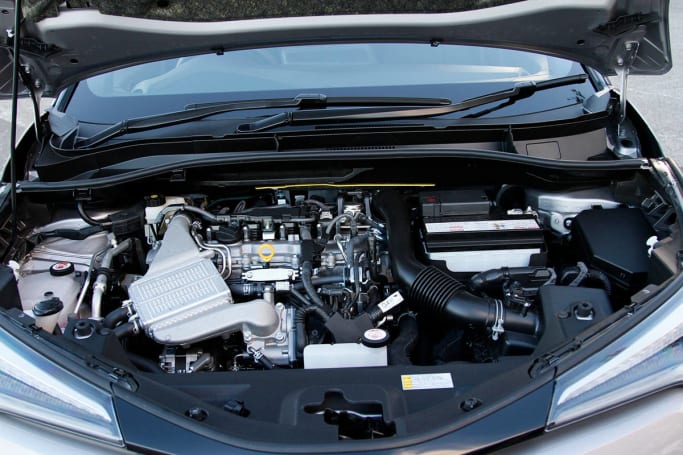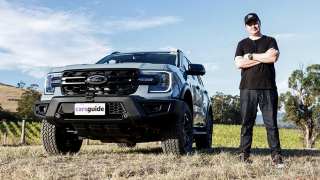
Kia's long-awaited small SUV competitor finally hit Australian showrooms in late 2019, and though it's small in size, it's big on practicality.
Pricing kicks off from $24,990 before on-road costs, which nets you the front-drive S grade. The next-level-up Sport (also a front driver) costs $27,990, but all grades above – the Sport+ FWD, Sport+ all-wheel drive (AWD) and GT-Line AWD – are all priced above $30,000.
All FWD versions are powered by a 2.0-litre petrol four-cylinder engine, outputting 110kW/180Nm, and paired to a continuously variable automatic transmission (CVT), while the AWD grades get a 130kW/265Nm 1.6-litre turbo-petrol unit and seven-speed dual-clutch automatic transmission.
As with all Australian-spec Kias, the Seltos benefits from a local suspension tune.

The boot of the Seltos will accommodate 433 litres, which can expand to 1393L with the second-row seats folded down, but the entry-level S grade can actually take 65L more due to its space-saver spare tyre.
Standard equipment on the base Seltos includes 16-inch steel wheels, 8.0-inch multimedia touchscreen with Apple CarPlay and Android Auto, automatic headlights and six-speaker sound system.
Safety features are limited to a reversing camera, rear parking sensors, autonomous emergency braking (AEB), lane-keep assist and cruise control, but buyers can opt for a $1000 safety pack that adds more features.
The Sport however, benefits from 17-inch alloy wheels, a 10.25-inch multimedia touchscreen with satellite navigation, climate control and premium appointments, with the optional safety pack still available to buyers.
List price: from $24,990
Fuel consumption: 6.8L/100km
CO2: 157g/km
Fuel Tank: 50L
ANCAP: 5 star
Seats: 5
Warranty: 7yr/unlimited
Service Interval: 12-month/15,000km
Engine size: 2.0-litre
Cylinders: Four
Fuel Type: Petrol
kW: 110kW
Torque: 180Nm
Transmission: CVT auto FWD
Spare: Full-size / Space-saver
Length: 4370mm
Width: 1800mm
Height: 1615mm





























Comments